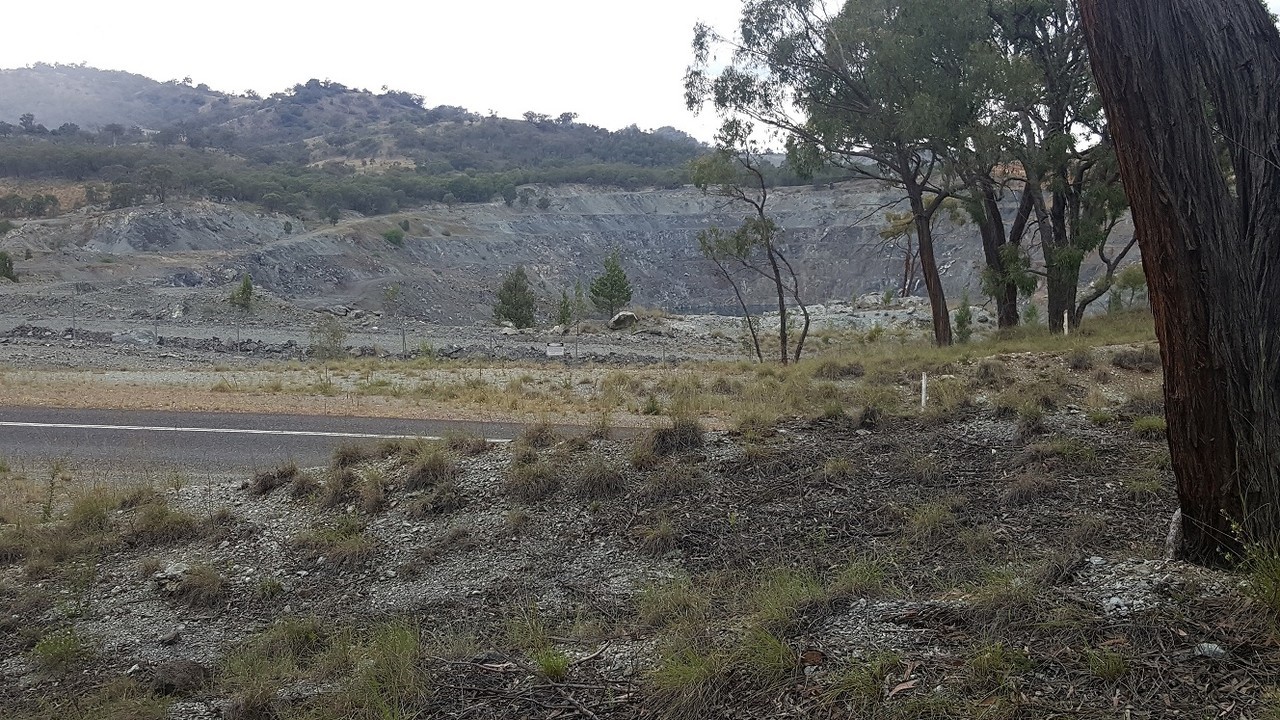How to navigate the complexities of the NSW Biodiversity Conservation Act 2016
Monday, 9 April, 2018

The principle objectives of biodiversity reform in NSW were to provide better environmental outcomes and reduce regulatory burden. Has this been achieved? The answer is mixed as there are many operational details still emerging. Here are some of the prominent developments and what they might mean for you.
The NSW Biodiversity Conservation Act 2016 commenced on 25 August 2017. The Act applies to all NSW except for listed ‘Interim designated areas’ which are exempt from the Act until 24 November 2018.
As of 25 February 2018, the declared ‘Interim Designated Areas’ are Western Sydney (Camden, Campbelltown, Fairfield, Hawkesbury, Liverpool, Penrith and Wollondilly), the Lower Hunter (Cessnock, Newcastle, Port Stephens, Lake Macquarie and Maitland), the Central Coast, Coffs Harbour and the West Dapto Urban Release Area.
The areas currently exempt from the Act represent those areas in NSW which are subject to the highest development pressure and therefore also the highest pressure on native vegetation, threatened species and ecological communities with the rest of the state becoming the test case for the new Act.
The State Government has advised that they are seeking to pursue Strategic Biodiversity Certification across all of the declared Interim Designated Areas (including Western Sydney which is currently in progress). The objective of the Strategic Biodiversity Certification approach is to manage conservation and development priorities at a regional scale, remove the need for site based assessment for local development, improve certainty and reduce incremental biodiversity loss which fits well with the objectives of biodiversity reform.
Amongst other changes, the Act introduces new mandatory requirements for biodiversity assessment and reporting and requires proponents to offset biodiversity impacts by retiring biodiversity credits through the Biodiversity Offset Scheme. This is a significant change to the status quo where non-significant impacts did not previously require offsets.
As part of the biodiversity reforms, the State Government established the Biodiversity Assessment Method (BAM) which replaces previous assessment methodologies such as the BioBanking Assessment Methodology. The BAM is an evolution of these previous methodologies and determines the number and type of credits required at a development site, and the number and type of credits created at a Biodiversity Stewardship Site (offset site).
The key principle of BAM is ‘no net loss’, where impacts of development are offset by improving the condition of vegetation or habitat at a Biodiversity Stewardship Site. Importantly, developments cannot proceed simply by securing the required offsets, they are required to firstly demonstrate avoidance, minimisation and mitigation of impacts through reasonable measures prior to offsets being used.
Does the Act apply to your project? There are a few key questions you need to ask:
- Is your project located in one of the Interim Designated Areas?
- If ‘yes’, then the BC Act & BAM do not apply until 24 November 2018
- If ‘no’ (i.e. the rest of NSW) then the BC Act & BAM apply
- If you answered ‘no’, then you need to consider what type of project are you proposing:
- Local Development (i.e. Part 4 Development Applications under the NSW Environmental Planning and Assessment Act 1979 (EP&A Act) – BC Act & BAM Apply
- Major Project – State Significant Development (SSD) and State Significant Infrastructure (SSI) – BC Act & BAM Apply
- Activity (i.e. Part 5 Activity under the EP&A Act) – BC Act applies, BAM only applies if a significant impact is likely and the proponent ‘opts in’, otherwise former planning provisions through the preparation of a ‘Species Impact Statement’ apply.
- If you answered ‘yes’, then you still need to carefully consider:
- Is your project sufficiently progressed to ensure lodgement before 24 November 2018?
- Has your project been identified within a strategic plan and likely to fall within an area subject to Strategic Biodiversity Certification?
If the Act applies to your project, there are three ways in which detailed assessment through the BAM and the Biodiversity Offset Scheme are triggered:
- Proposed clearing for your project exceeds the thresholds for minimum lot size in the relevant Local Environment Plan (LEP). Note that this can be as little as a quarter of a hectare (an area of vegetation 50 x 50 m); or
- Sensitive Biodiversity Values have been mapped within your project area (as mapped by the State Government); or
- Impacts on threatened species, populations or communities are likely to be ‘significant’ as determined through the new ‘five-part test’.
- Importantly BAM only considers threatened species, populations and communities listed under NSW legislation. Consideration of Matters of National Environmental Significance (MNES) under the Commonwealth Environment Protection and Biodiversity Conservation Act 1999 (EPBC Act) is still required. Depending on the size and location of your project, this may require separate assessment documentation, and potentially additional offsets depending on the significance of impacts.
Even if your project doesn’t trigger the BAM through any of the above, then you still may be required to address local government requirements.
So once you’ve worked out the BAM and the Biodiversity Offset Scheme applies to your project, what’s next?
You need to engage a BAM Accredited Assessor. Eco Logical Australia currently has six Accredited Assessors with a further nine having completed training and awaiting accreditation.
- You need to prepare a Biodiversity Development Assessment Report (BDAR) which includes:
- Identification of the biodiversity values present on your site and their condition
- Proposed avoidance, minimisation and mitigation measures
- Avoiding impacts on Serious and Irreversible Impacts (SAII) values
- The total biodiversity credit (offset) liability for your project
- You also need to consider all other relevant environmental legislation, planning instruments and local government requirements
The introduction of ‘Serious and Irreversible Impacts’ (SAII) is a new concept where for local development, the consent authority cannot approve development if a Serious and Irreversible Impact is likely to occur. This is intended to protect key species and habitats from further degradation that could cause extinction. For other types of development including Part 5 Activities, Major Projects and Biodiversity Certification, the consent authority is only required to consider how impacts to SAII values are being avoided, minimised and mitigated (refusal is not mandatory).
Approximately 30% of all threatened species, populations and communities are currently nominated as SAII values. Thresholds for impacts against SAII values can be set by the State Government, however at the time of writing, less than 10% have been set which implies that, on face value, any impact to SAII values may result in development refusal. The presence and potential impact to SAII values requires detailed, expert assessment by Accredited Assessors.
Subject to approval from the consent authority, you need to meet your offset liability before commencing work on your project. You can do this in one of three ways:
- Establish your own Biodiversity Stewardship Site and retire credits – this is likely to be the most cost-effective approach for developments requiring large numbers of biodiversity credits
- Purchase and retire credits from the market (currently limited availability)
- Make a payment to the Biodiversity Conservation Trust – this is the least cost-effective approach, but will enable you to proceed with your project immediately on payment.
Bear in mind that the cost for biodiversity credits varies considerably between regions and types of biodiversity credits. While the average cost for clearing a hectare of vegetation across NSW to date is approximately $80K, the cost for clearing a hectare of vegetation in Western Sydney is recently as high as $1.4M.
The complexity of the biodiversity reforms makes it challenging to deliver positive project and environmental outcomes with reasonable certainty. So given this, what are our top tips for managing this complexity effectively?
- Engage one of our Accredited Assessors early in the development of your project to advise on the appropriate course of action
- Seek to avoid, minimise and mitigate impacts as far as practical and document your approach
- Consider the likely costs of offsets as part of due diligence
- Communicate with consent authority early and gain written advice on the agreed approach
- Understand which Serious and Irreversible Impacts (SAII) values apply to your project and seek to avoid impacts as far as practicable
- Consider how Matters of National Environmental Significance may be impacted by your project
- Keep watch of ongoing changes, SAII thresholds and background datasets Eco Logical Australia will continue to work actively in this space to assist our clients in understanding how the evolving biodiversity reforms may affect their projects and promote effective landscape solutions wherever possible. It’s a watching brief to see if the reforms can deliver on their objectives.
Author: Martin Sullivan
